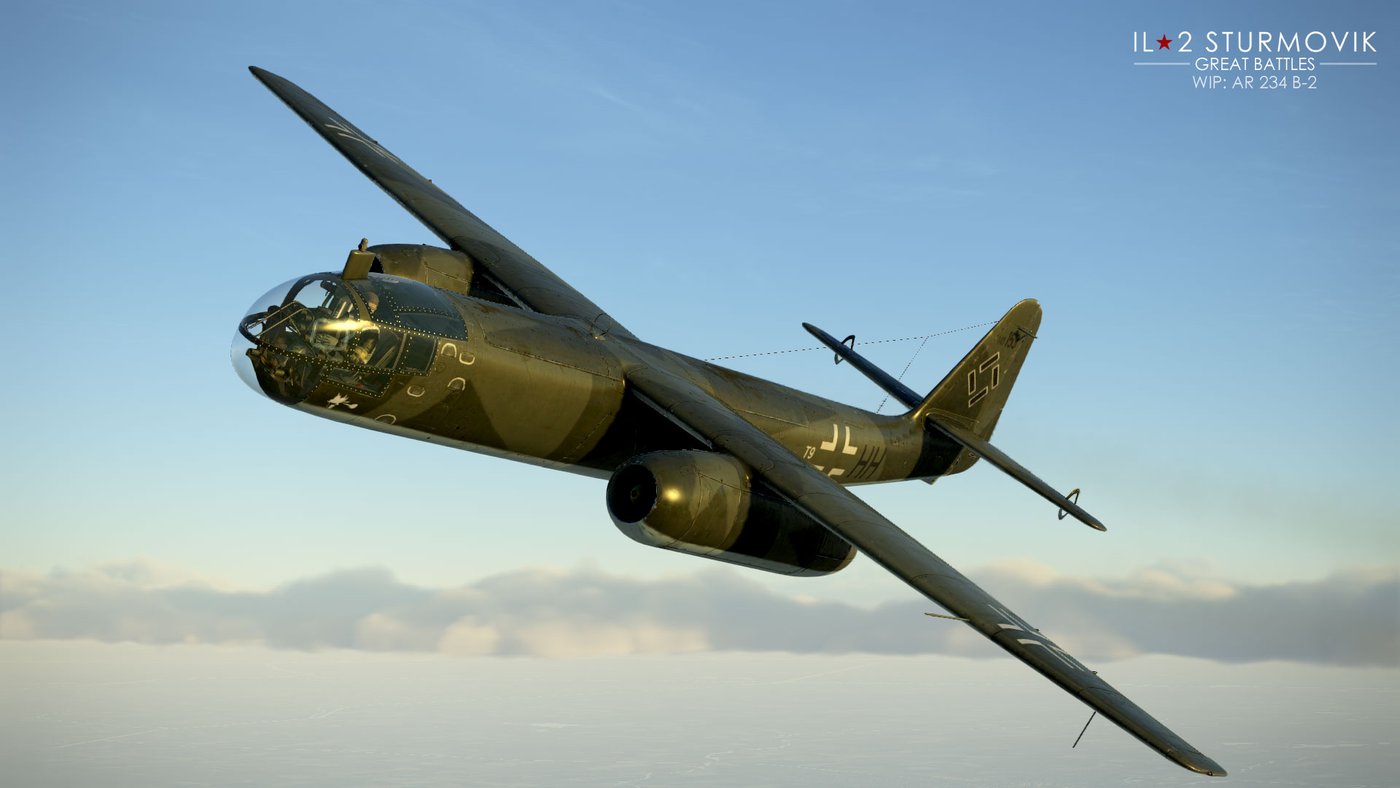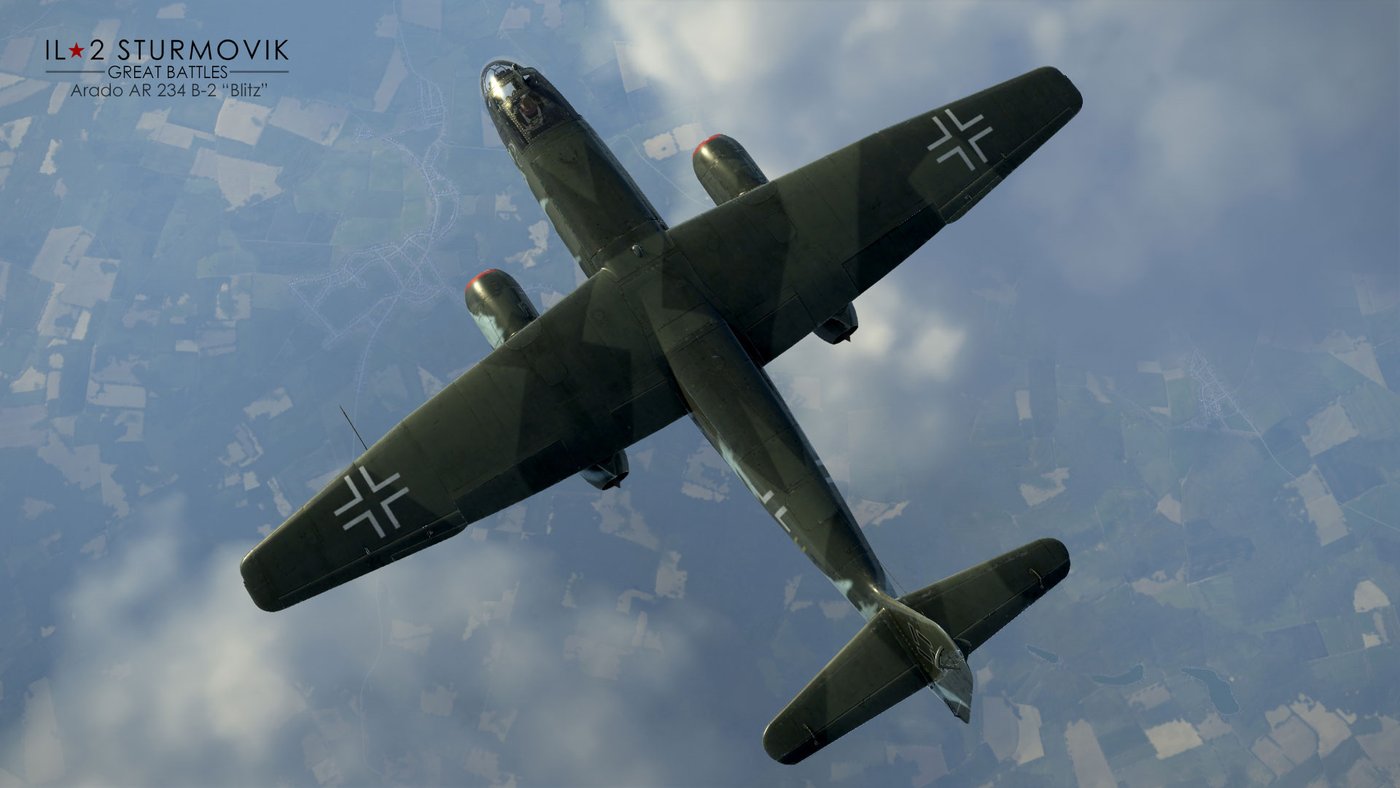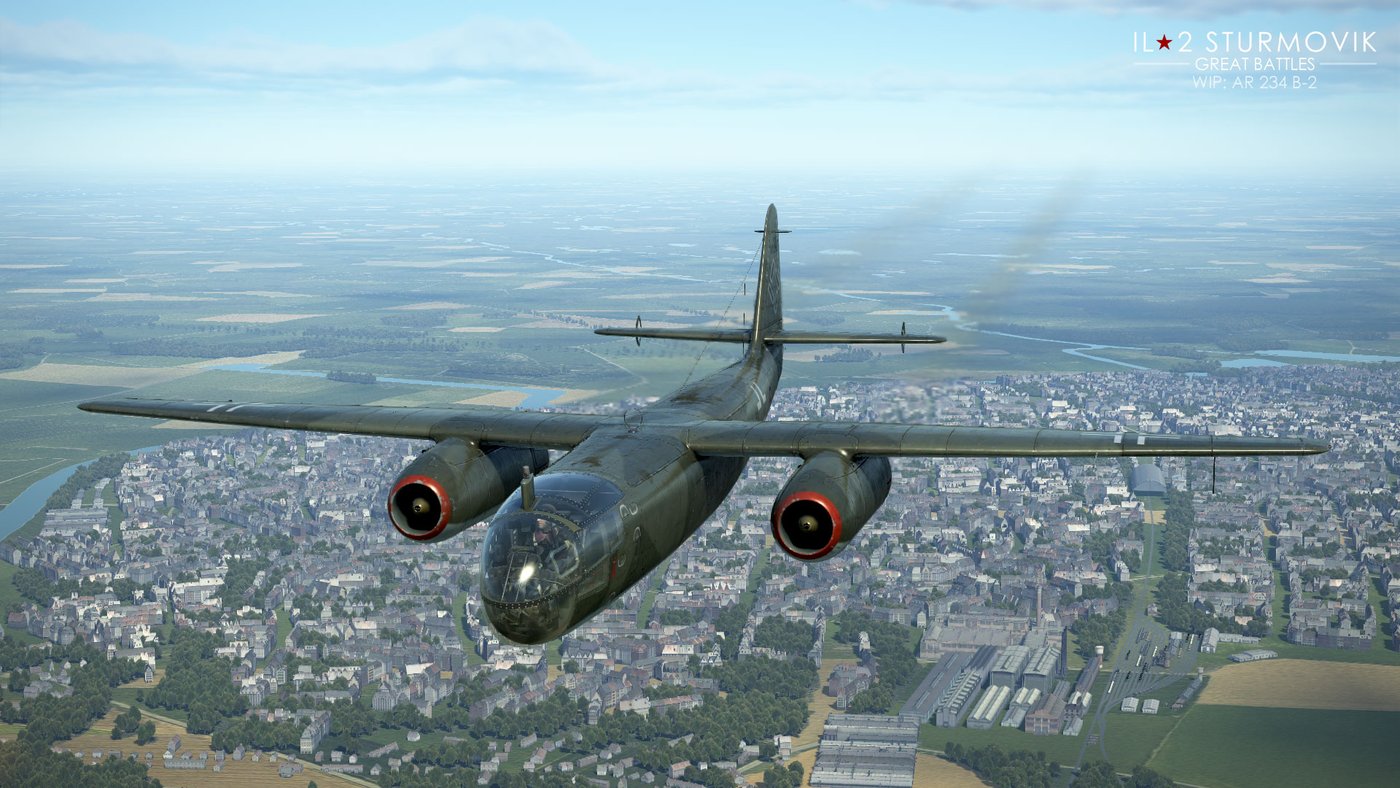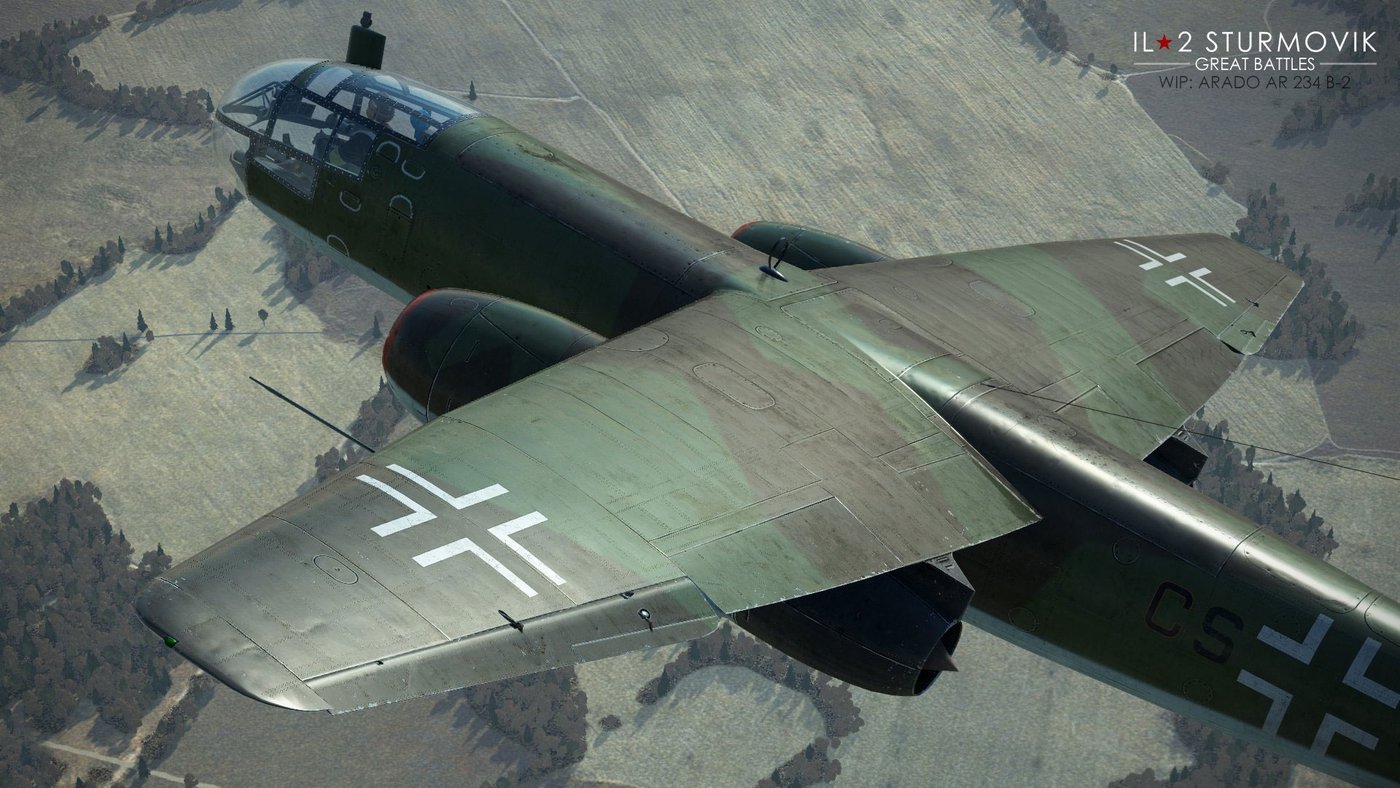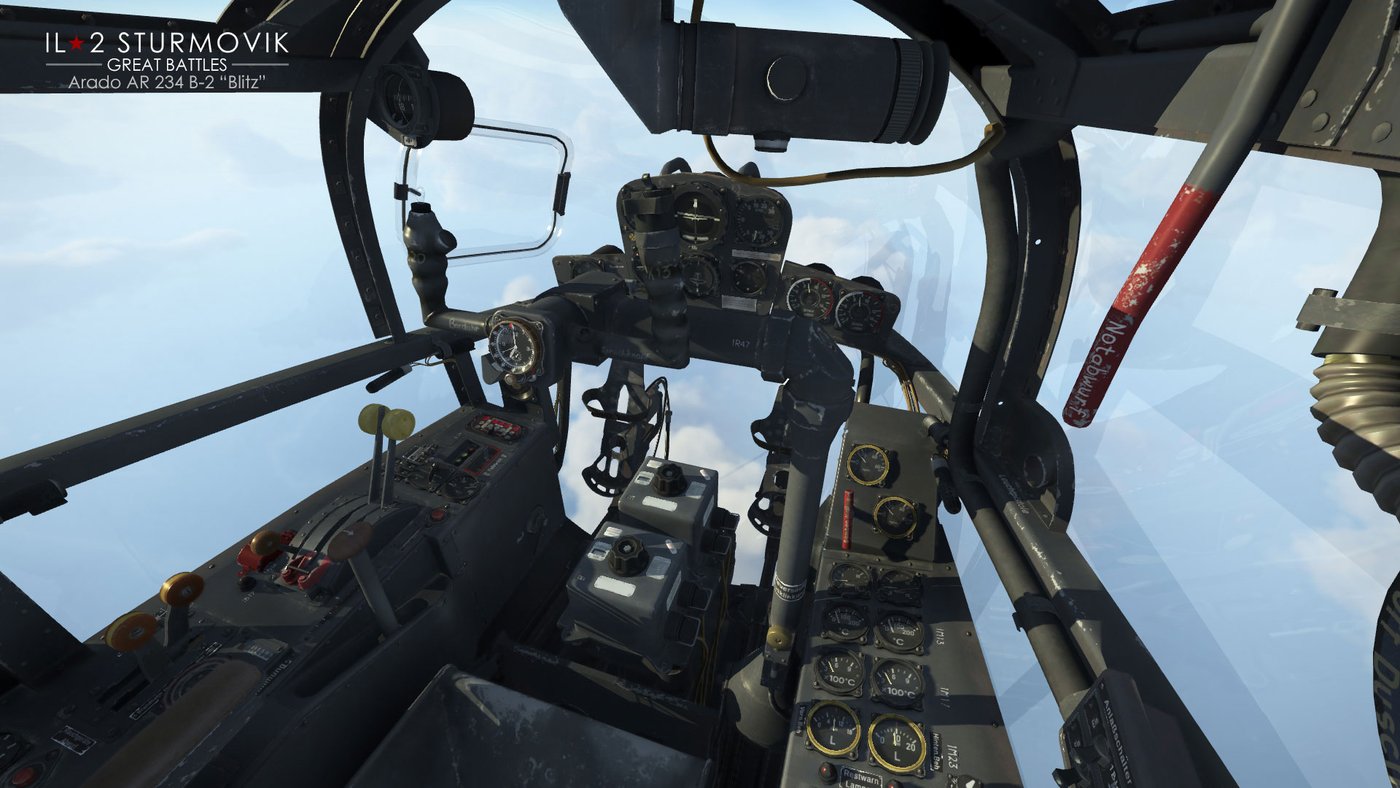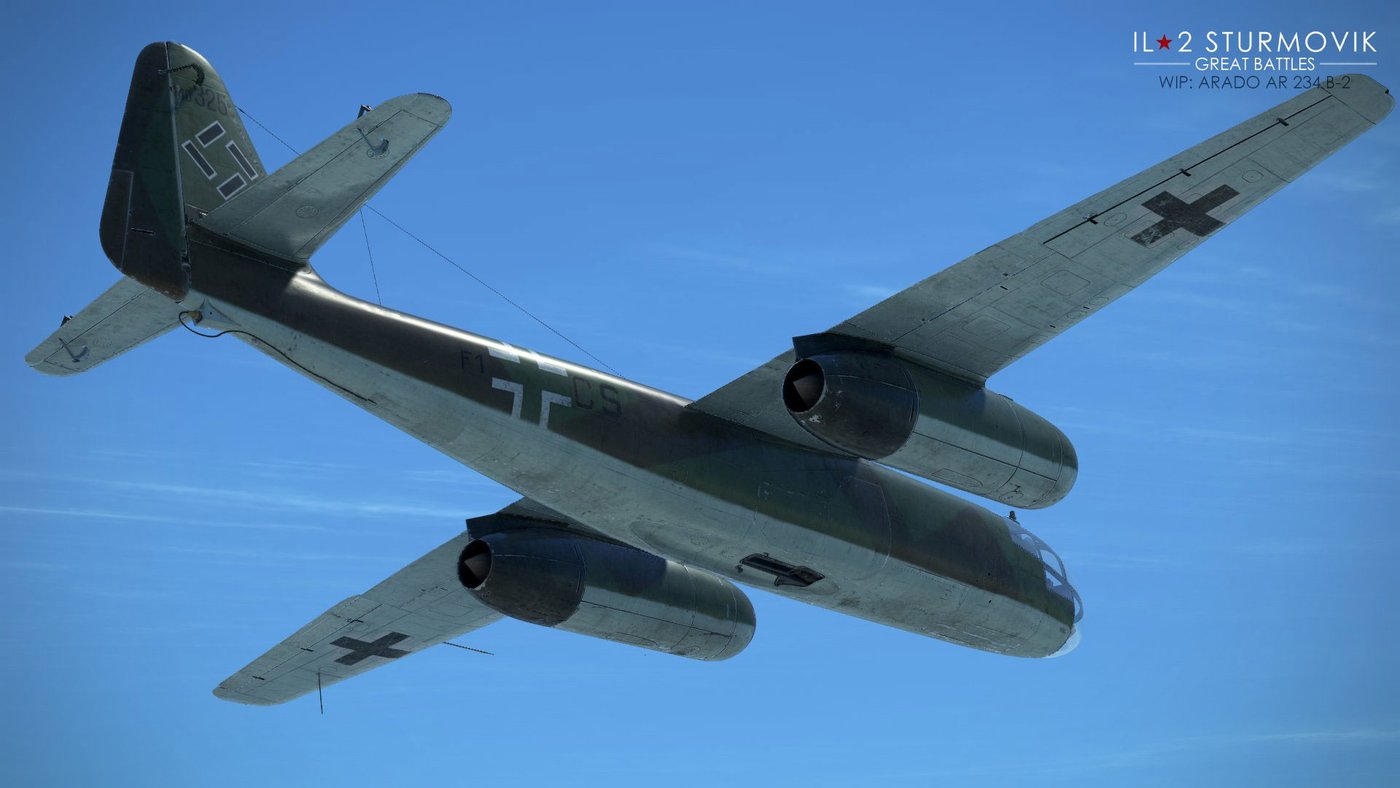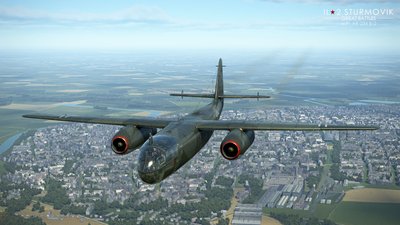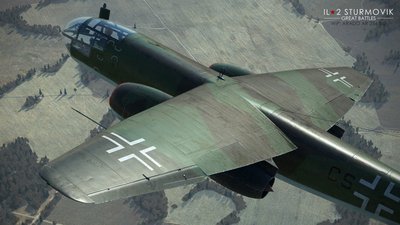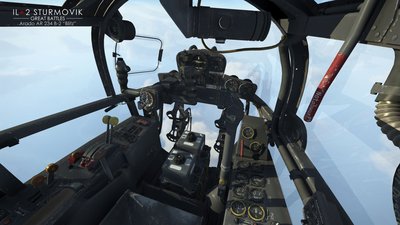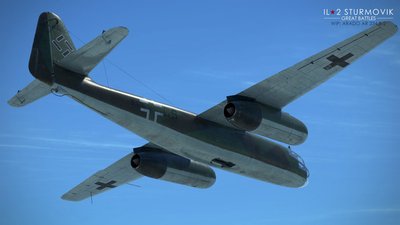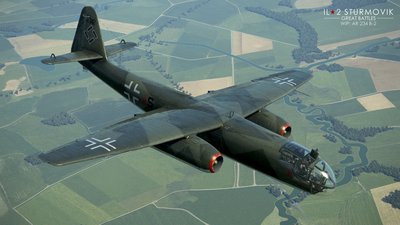The Arado Ar 234 B-2 was a development of the Ar 234 A reconnaissance plane, which had first seen action over the beaches of Normandy in early August 1944. Unlike the Ar 234 A, the Ar 234 B-2 was built as a bomber aircraft and was fitted with conventional tricycle landing gear. In addition to flying as a bomber, the plane could be fitted with a pair of cameras for reconnaissance work. In this latter case, the plane was known as the Ar 234 B-1.
The Ar 234 B-2 was powered by a pair of Junkers Jumo 004 turbojets, which were also fitted to the Messerschmitt Me 262. Owing to the slow acceleration of these engines, a pair of Walter HWK 109-500 rocket pods were fitted under the wings to shorten the plane’s takeoff run. These rocket pods were jettisoned after takeoff and were fitted with parachutes to enable them to be reused. After landing, a drag chute fitted in the tail could be deployed to shorten the time needed to come to a full stop.
Owing to the plane’s slender fuselage design, the Ar 234 B-2 could carry a maximum of three bombs, all externally — one bomb could be hung underneath the fuselage and one could be carried underneath each engine nacelle. In active combat operations, the typical bomb load consisted of one 500- or 1000-kilogram bomb suspended beneath the fuselage. A Lotfe 7K bombsight was fitted to early-production planes, but eventually, it was decided to forgo level bombing and instead operate the plane as a dive bomber. As a result, the plane was fitted with a periscope that enabled the pilot to see the calculated impact point of his bombs. Besides flying as a bomber and reconnaissance plane, a small number of Ar 234 B-2s were equipped with a gun pod that was fitted with a pair of 20 mm MG 151/20 cannons.
Small numbers of the Ar 234 B began seeing service as B-1 reconnaissance planes in September 1944. In December 1944, an operational detachment from Kampfgeschwader 76 became the first unit to fly jet bombers in combat operations. The Ar 234 B-2 would continue flying operationally until the end of the war in Europe in May 1945. Altogether, some 210 Ar 234 B-series planes were built, with around 100 of these seeing combat usage.
